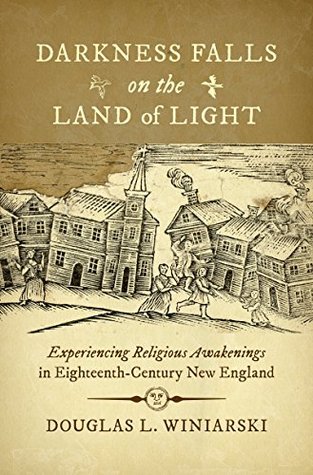The “New England Way”—the distinctive ecclesiastical system that shaped the Congregational tradition during the century following the puritan Great Migration of the 1630s—did not collapse under the weight of secularizing impulses, as Perry Miller and an earlier generation of social historians assumed. Nor was it plagued by the moribund formalism often denigrated by scholars of early evangelicalism.11 Instead, a vibrant Congregational establishment was buried under an avalanche of innovative and incendiary religious beliefs and practices during the middle decades of the eighteenth century.
Welcome back. Just a moment while we sign you in to your Goodreads account.


